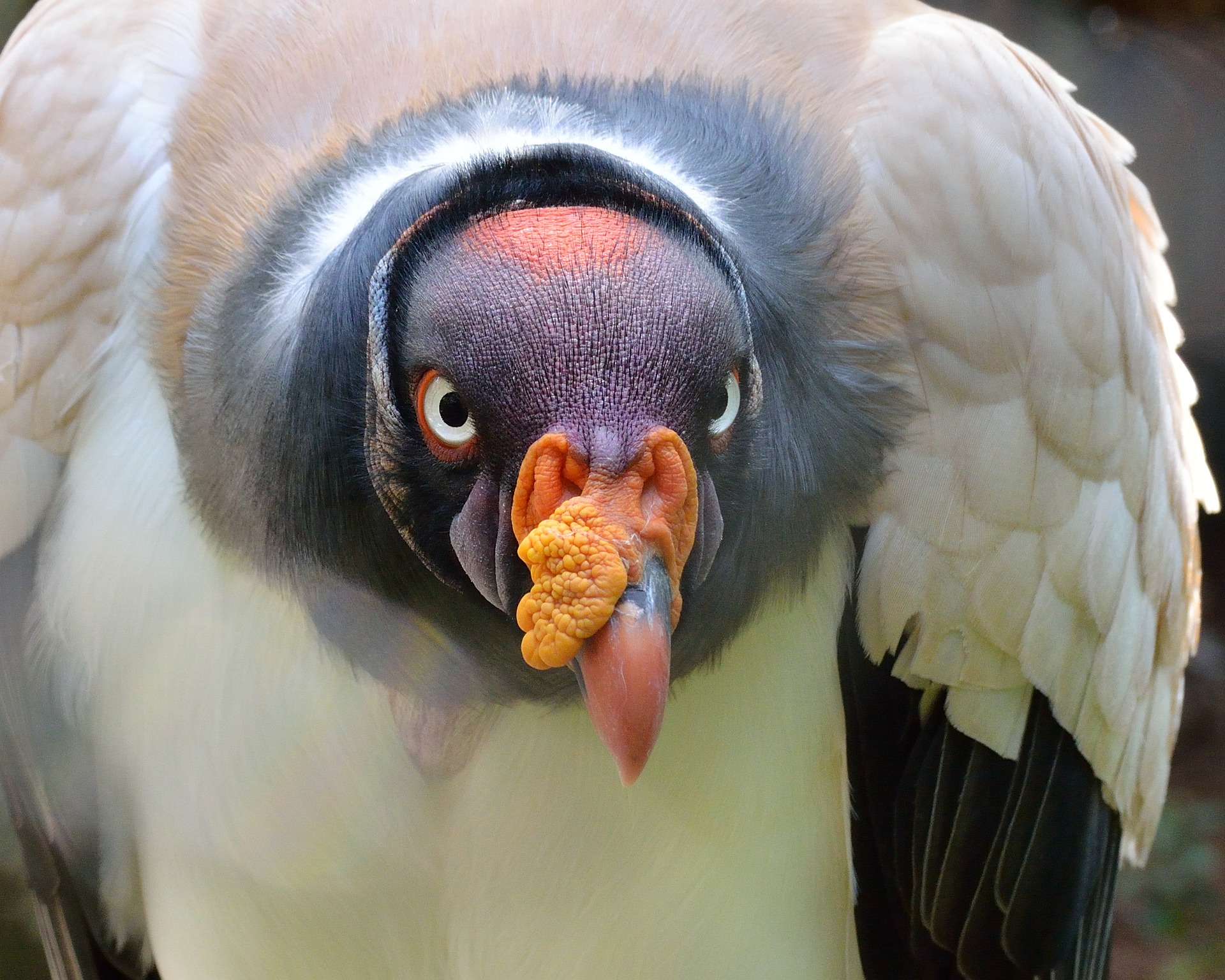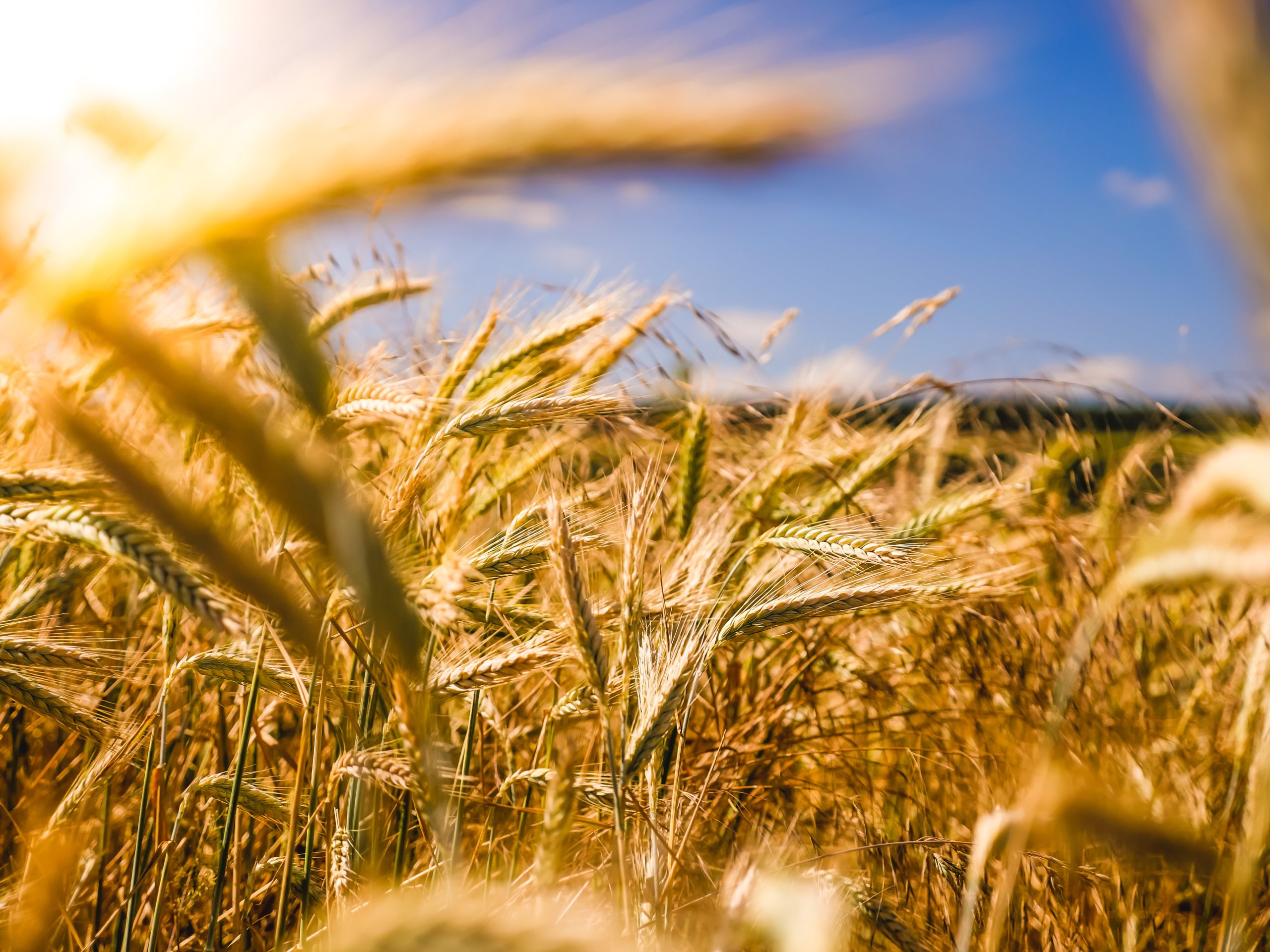The California Condor, one of the most endangered bird species in North America, is facing an alarming threat once again. Conservationists are mourning as three more condors died from the H1N1 virus or commonly known as bird flu in Arizona. The news has sent shockwaves across the conservation community and raised concerns about protecting this rare species from further harm. In this blog post, we will discuss what bird flu is, its symptoms and how it spreads. We’ll also explore who’s at risk for contracting bird flu and share tips on how to protect yourself from getting infected. We’ll dive into what happened to these three precious birds and why their loss is a significant blow to wildlife preservation efforts.
What is bird flu?
Bird flu is a highly infectious disease caused by the H5N1 virus, which mainly affects birds such as chickens and ducks. However, it can also affect other animals like pigs and humans who come in contact with infected birds. The virus spreads through contact with nasal or throat secretions of infected birds.
Bird flu symptoms are similar to regular influenza, including fever, coughing, sore throat and muscle aches. In severe cases, bird flu can lead to pneumonia or acute respiratory distress syndrome (ARDS). People with compromised immune systems may be at higher risk for developing serious complications from the infection.
The transmission of bird flu occurs primarily through direct contact with sick poultry or contaminated surfaces such as cages, clothing or equipment that has come into contact with infected birds. Though rare, human-to-human transmission of bird flu has occurred in some cases where there was close personal contact between individuals.
Prevention is key when it comes to avoiding bird flu infection. Simple measures like washing hands frequently after handling raw poultry products and cooking meat adequately before consumption can significantly reduce the risk of contracting this deadly virus.
Understanding what bird flu is and how it spreads is crucial in preventing its spread among our feathered friends as well as ourselves. It’s imperative that we stay vigilant and take necessary precautions to protect both humans and wildlife from this devastating illness.
What are the symptoms of bird flu?
Bird flu, also known as avian influenza, is a type of virus that affects birds. However, it can also be transmitted to humans and cause severe illness. The symptoms of bird flu in humans are similar to those of the regular flu but may be more severe.
One of the most common symptoms of bird flu is a fever that comes on suddenly and can reach up to 104 degrees Fahrenheit or higher. Other symptoms include muscle aches, coughing, sore throat, headache, fatigue and sometimes diarrhea.
In some cases, bird flu can lead to more serious complications such as pneumonia or acute respiratory distress syndrome (ARDS). These complications can be life-threatening if left untreated.
It’s important to note that not everyone who contracts bird flu will experience all these symptoms. Some people may only have mild symptoms while others may develop severe ones.
If you suspect you have been exposed to bird flu or are experiencing any of these symptoms after being around birds or poultry farms recently, seek medical attention immediately. Early treatment with antiviral medications can help improve your chances for recovery from this potentially deadly infection.
How is bird flu spread?
Bird flu can be spread in several ways. One of the primary modes of transmission is through contact with infected birds, their saliva, or their feces. People who work with poultry or handle live birds are at a higher risk of contracting bird flu.
The virus can also be transmitted from one person to another through respiratory droplets when an infected individual coughs, sneezes or talks. Close contact with an infected person increases the likelihood of transmission.
Bird flu has also been known to spread through contaminated surfaces such as cages and equipment used for raising poultry. The virus can survive on surfaces for extended periods, which makes it crucial to maintain proper hygiene and disinfection practices in areas where birds are kept.
It’s important to note that not all strains of bird flu pose a significant threat to humans. However, some strains such as H5N1 have been associated with severe illness and death in people who have contracted them.
To minimize the risk of infection, it’s best to avoid close contact with sick or dead birds and practice good hygiene habits such as washing hands frequently and avoiding touching your face after handling any potentially contaminated objects or animals.
Who is at risk for bird flu?
Bird flu is a highly contagious virus that spreads from birds to humans. While anyone can get the bird flu, certain groups of people are at higher risk for contracting and developing severe symptoms from the virus.
People who work with poultry or in the live bird markets are at increased risk for exposure to the virus. It’s important for these individuals to take proper precautions, such as wearing protective clothing and practicing good hygiene.
Individuals who travel frequently or live in areas where outbreaks have occurred may also be at increased risk. This includes individuals who visit farms or other places where there is close contact with birds.
Children, pregnant women, and elderly individuals are more susceptible to severe complications from the virus. People with weakened immune systems due to illness or medication use may also be at higher risk for developing severe symptoms.
It’s important for everyone, regardless of their level of risk, to practice good hygiene habits such as washing hands regularly and avoiding touching their faces after coming into contact with potentially contaminated surfaces. By taking these steps we can all help prevent further spread of this deadly disease.
What can you do to protect yourself from bird flu?
As humans, our risk of contracting bird flu is low since it rarely spreads from birds to people. However, if you work in close proximity with infected birds, such as poultry farmers or veterinarians, there are some precautions you can take.
The first step is to wear protective clothing such as gloves and a face mask while handling live chickens or ducks. This will reduce the likelihood of the virus entering your mouth or eyes.
It’s also crucial to practice good hygiene by washing your hands frequently and thoroughly with soap and water. Avoid touching your face before washing your hands after contact with any animals.
If you have been exposed to an infected bird or someone who has contracted bird flu, seek medical attention immediately. Antiviral medications may be prescribed which can prevent severe illness if taken within 48 hours of exposure.
Stay informed about outbreaks in your area and follow guidelines set forth by health officials on how best to protect yourself and others around you. By taking these simple steps we can all do our part in preventing the spread of bird flu.
What happened to the three condors in Arizona?
Conservationists are mourning the loss of three California condors in Arizona due to bird flu. This is a significant blow to the already small population of these majestic birds, as there are only around 500 individuals left in the world.
The three condors were found dead within days of each other, and all showed symptoms consistent with avian influenza. The virus was confirmed through laboratory testing, leaving no doubt about what caused their deaths.
It is not yet clear how the birds contracted bird flu, but it is known that they were part of a captive breeding program aimed at saving this species from extinction. Unfortunately, this tragedy highlights just how vulnerable even these protected birds can be to infectious diseases.
This incident underscores the importance of continued efforts to protect and conserve endangered species like the California condor. It also serves as a reminder that we must do everything we can to prevent further outbreaks of bird flu and other deadly diseases among wildlife populations.
Conclusion
It’s heartbreaking to hear about the loss of these three California Condors due to bird flu. These magnificent birds are rare and endangered, with only a few hundred left in the wild. The efforts of conservationists to protect them are vital for their survival.
Bird flu is a serious threat not only to our feathered friends but also to us humans. It’s essential that we take precautions to prevent its spread, such as avoiding contact with infected birds and properly cooking poultry.
We must continue working towards finding ways to stop the spread of this deadly virus among wildlife populations. By doing so, we can help save more lives from being lost.
Let’s honor the memory of these three beautiful condors by spreading awareness about bird flu and taking steps collectively towards protecting our planet’s wildlife from further harm.










